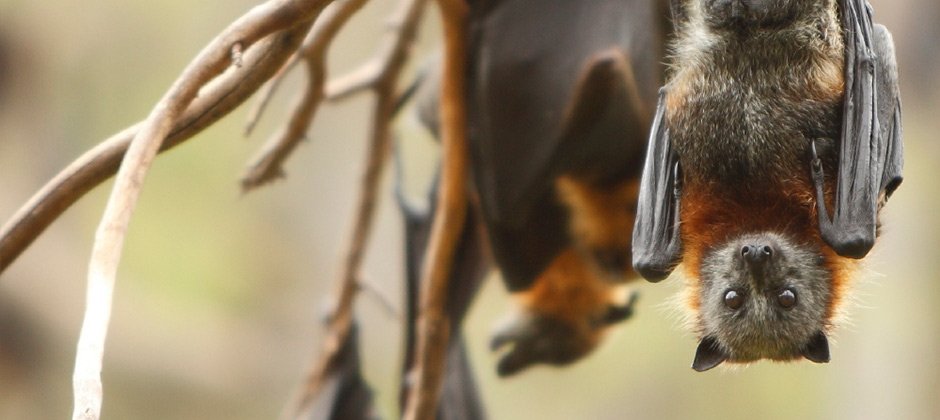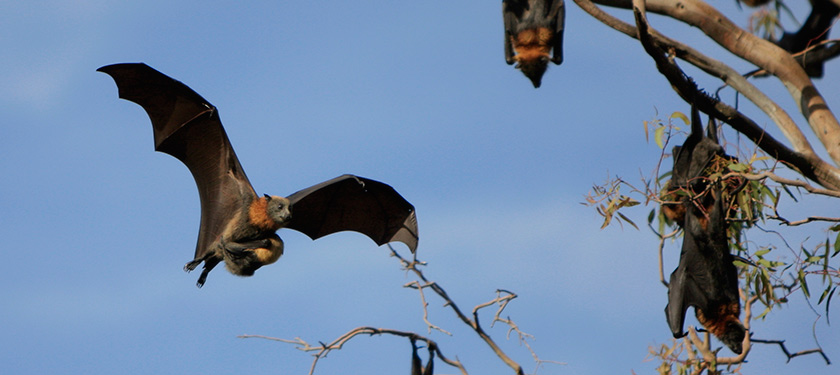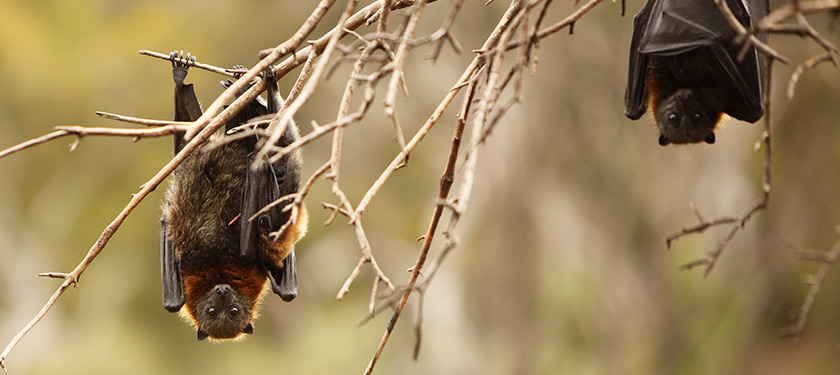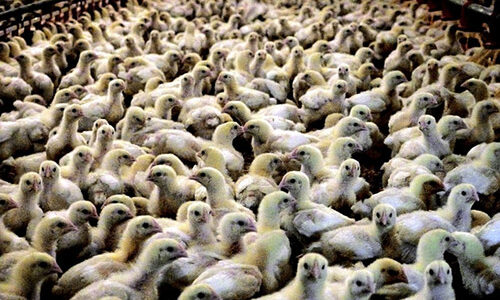The net closes in
Flying foxes live together in large colonies and fly out every night in search of food. Native flowering eucalypts are the natural food source of flying foxes, and these trees will be visited by bats foraging for nectar. Flying foxes are not just feeding during this time, but performing a crucial role of pollinating native forests and spreading seeds to ensure longevity of our bush.
As natural habitat and food sources shrink, many flying fox roosts are becoming surrounded by urban areas and it is here that they encounter one of the biggest threats to their welfare and survival: backyard fruit tree netting. Backyard fruit trees can be a nourishing source of food for bats but venturing into backyards is unfortunately proving deadly.
Backyard fruit tree netting comes in two types: safe and unsafe. Unsafe netting captures and kills thousands of flying foxes each year.
Strangulation and dehydration are common, and this can mean lactating females are left unable to return to their hungry babies back in the colony.
In January 2011 alone, NSW rescuers undertook 411 bat entanglement rescues. In 2010, Brisbane Bat Rescue performed over 700 rescues. Victorian wildlife carers also respond to hundreds of backyard fruit tree entanglements each year. The endless stream of entanglement rescues and rehabilitation work is an huge and unnecessary burden on wildlife volunteers.
There is also a profound issue of animal cruelty. Bats and other entangled wildlife can be trapped in netting, injured for days before anyone notices. Wings are broken and mouths are torn in their efforts to escape. They are frequently found dead.
But you can help end this preventable cruelty. It’s easy to tell safe netting from unsafe netting!
Safe netting: You cannot poke your finger through safe netting — the holes are too small. Any netting you CAN’T poke your finger through is safe for flying foxes and other animals.
The good news is that many large netting / hardware retailers are already selling wildlife safe netting — including Fruitsaver, Fruit-sock, Hailguard and Coolaroo.










